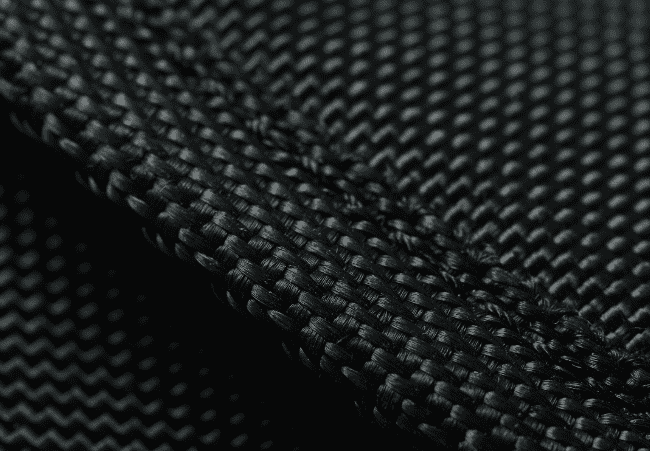When shopping for backpacks, you’ve likely come across products made from nylon and polyester. These synthetic fabrics are widely used in the fashion, outdoor, and accessory industries. However, there are distinct differences between them that can impact your decision when choosing a durable and functional backpack.
Let’s break down the Difference Between Nylon and Polyester Fabric so that you can choose the right material for your needs.
1. Material Properties
Polyester, also known as PET (polyethylene terephthalate), is a versatile material that serves as the base for various fabrics, including stretchy nylon blends. It is commonly used in everything from everyday clothing to upholstery.

Nylon, or polyamide fiber, is another durable synthetic fabric. It is known for its flexibility and resilience, often found in high-performance gear, including backpacks, jackets, and military applications. While both materials are synthetic, the fiber structure and manufacturing processes differ, giving each fabric its unique strengths.
2. Appearance and Texture
Nylon fabrics are typically glossier and smoother, giving a more polished and shiny look. They feel soft and sleek to the touch, often creating a high-end finish.
On the other hand, polyester fabrics have a matte appearance and can feel slightly more coarse compared to nylon. The texture is generally rougher, which can contribute to its durability over time. Polyester’s more utilitarian look is often favored for casual or outdoor gear.
3. Durability and Water Resistance
When it comes to abrasion resistance, nylon takes the lead. It’s more durable and resistant to wear and tear. This makes it ideal for items like backpacks that need to withstand daily friction. Nylon also has better tear strength, meaning it will likely last longer under tough conditions.
However, polyester shines in the moisture resistance department. It has a lower water absorption rate, which means it dries faster and is generally more water-resistant than nylon. Despite this, nylon still maintains an edge in durability overall.
4. Burning Characteristics
An interesting feature that differentiates these fabrics is their burning properties.
-
When nylon burns, it produces white smoke and leaves behind plastic-like residue that is harder to crush.
-
Polyester, on the other hand, emits black smoke and leaves behind brittle, charred residue.
Understanding these differences can help you assess how each material behaves in extreme conditions.
5. Chemical Resistance
Both nylon and polyester are resistant to a variety of chemicals, making them suitable for use in diverse industries. However, nylon has a slightly better chemical resistance, making it more effective in environments where chemical exposure is a concern.
6. Cost and Pricing
In terms of cost, nylon is typically more expensive than polyester. The reason for this is that the manufacturing process for nylon is more complex, and the material itself offers higher performance features like better durability and strength. Despite the higher cost, many companies choose nylon for items that require additional toughness, such as heavy-duty backpacks and gear.
Conclusion: Choosing the Right Fabric for Your Backpack
The difference between nylon and polyester fabric boils down to your specific needs:
-
If you want a durable, strong backpack that can handle heavy wear and tear, nylon is your best bet.
-
If you’re looking for a more affordable option with decent water resistance and faster drying times, polyester might be the right choice.
Ultimately, both materials have their unique advantages, so understanding these differences will help you make an informed choice when shopping for backpacks, especially if you’re managing product lines for a cross-border e-commerce business or running a distribution operation in the fashion or outdoor industries.
Happy shopping, and remember that the right material can make a world of difference!




